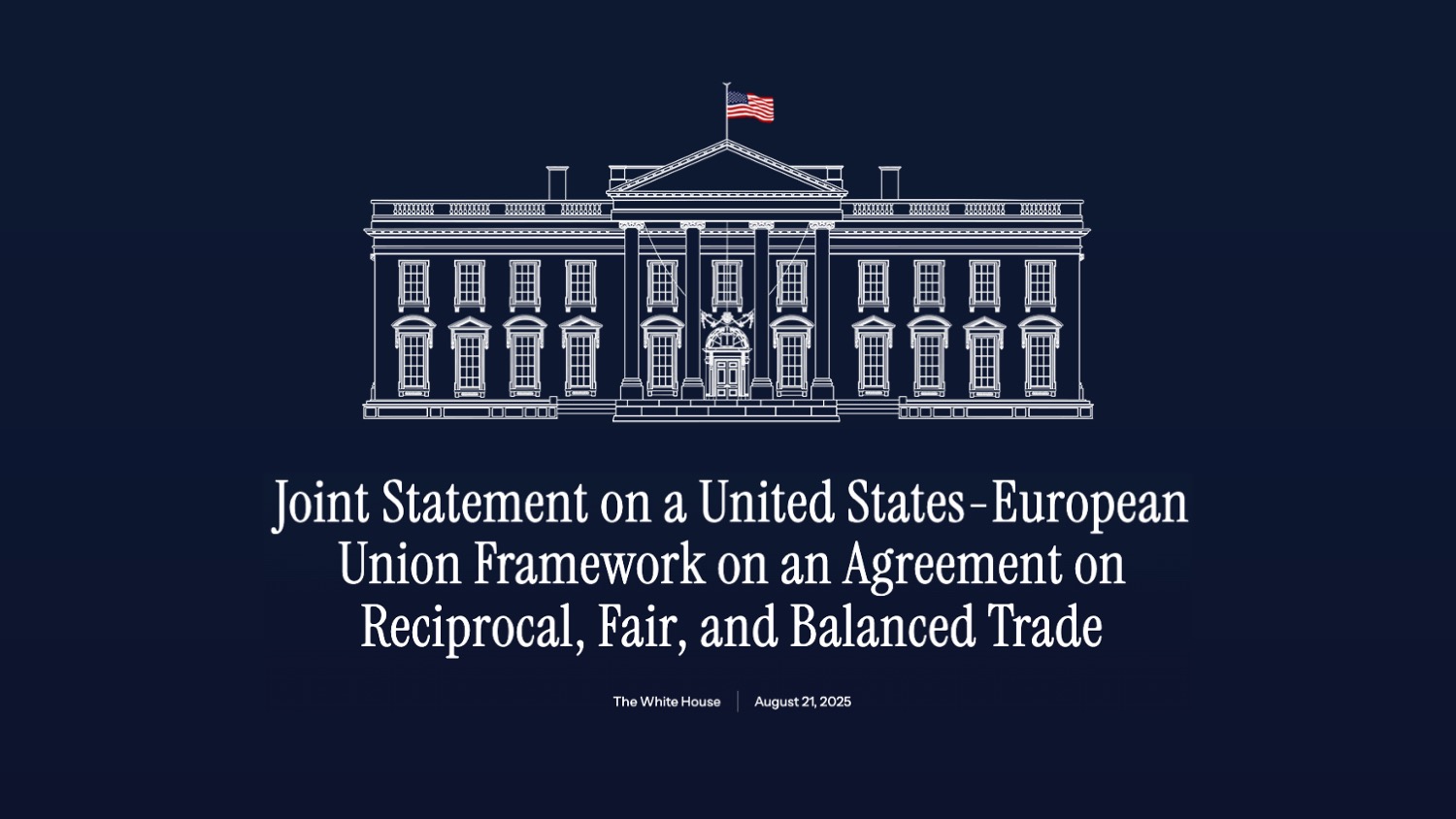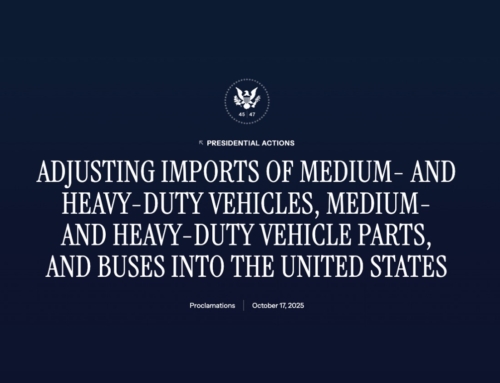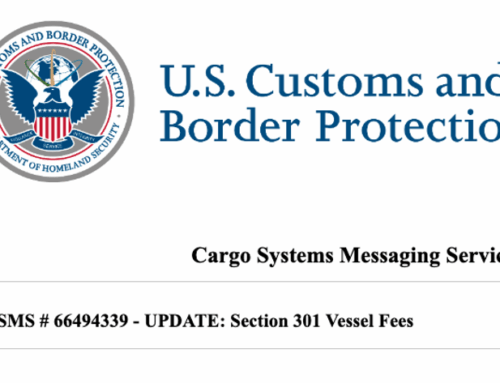The United States (U.S.) and the European Union (EU) released a Joint Statement signaling a finalized Framework Agreement on Reciprocal, Fair, and Balanced Trade. The agreement reshapes tariff structures, broadens agricultural and industrial market access, and deepens cooperation on technology, energy, and defense. With mutual investment already exceeding $5 trillion, the framework establishes a foundation designed to strengthen supply chains, reduce barriers, and reinforce strategic alignment between the two economies.
WHAT TARIFF CHANGES TAKE EFFECT FOR EU-ORIGIN AUTOMOBILES AND PARTS?
The U.S. committed to reduce Section 232 tariffs on EUE automobiles and parts to a combined 15%, effective the first day of the month in which the EU introduces legislation eliminating industrial tariffs. For automobiles and parts with a Most Favored Nation (MFN) rate of 15% or higher, no Section 232 duty will apply. Covered goods with an MFN rate below 15%, a combined 15% will apply, comprised of the MFN rate and Section 232 tariffs. This creates a capped duty structure that importers must account for in entry summary filings.
WHEN DOES THE AUTOMOTIVE TARIFF RELIEF BEGIN?
Timing depends on EU legislative action. If legislation is introduced in mid-September, the tariff reductions will apply retroactively to September 1. If not introduced until October, the relief will apply as of October 1. Importers should closely monitor the EU legislative process, as the exact month of implementation determines whether September shipments qualify for the reduced duty rate.
HOW ARE OTHER SECTION 232 PRODUCTS IMPACTED?
The agreement also limits tariffs on pharmaceuticals, semiconductors, and lumber of EU origin to a maximum combined rate of 15%. Effective September 1, 2025, the United States will apply MFN-only tariffs to cork, aircraft and aircraft parts, and generic pharmaceuticals with their chemical precursors. These provisions provide immediate clarity for importers managing compliance across multiple sectors.
WHAT TARIFF CHANGES APPLY TO AGRICULTURE AND SEAFOOD PRODUCTS?
The EU will eliminate tariffs on U.S. industrial goods and expand preferential access for a wide range of agricultural products, including pork, dairy, fruits, vegetables, processed foods, soybean oil, and bison meat. Additionally, the EU has reinstated zero-duty treatment for fresh and frozen lobster from the United States and expanded that treatment to include processed lobster, effective August 21, 2025.
WHAT DO IMPORTERS NEED TO DO NOW?
Importers should prepare for tariff relief to take effect as early as September 1, depending on EU legislative timing.
Key action items include:
-
Validating HTSUS classifications for automobiles, auto parts, pharmaceuticals, semiconductors, lumber, cork, and aircraft products.
-
Monitoring EU legislative developments to determine the effective month of implementation for the 15% auto tariff.
-
Reviewing agricultural product shipments to ensure preferential access is properly claimed under the revised EU tariff schedule.
-
Updating compliance procedures to reflect the capped 15% duty rate for Section 232 products.
For importers, the immediate priority is aligning entry procedures with the revised duty rules to capture tariff relief as soon as it takes effect.
Stay up-to-date on freight news with Green’s Weekly Freight Market Update by following us on LinkedIn. For continuous updates, make sure to check out our website at greenworldwide.com.






